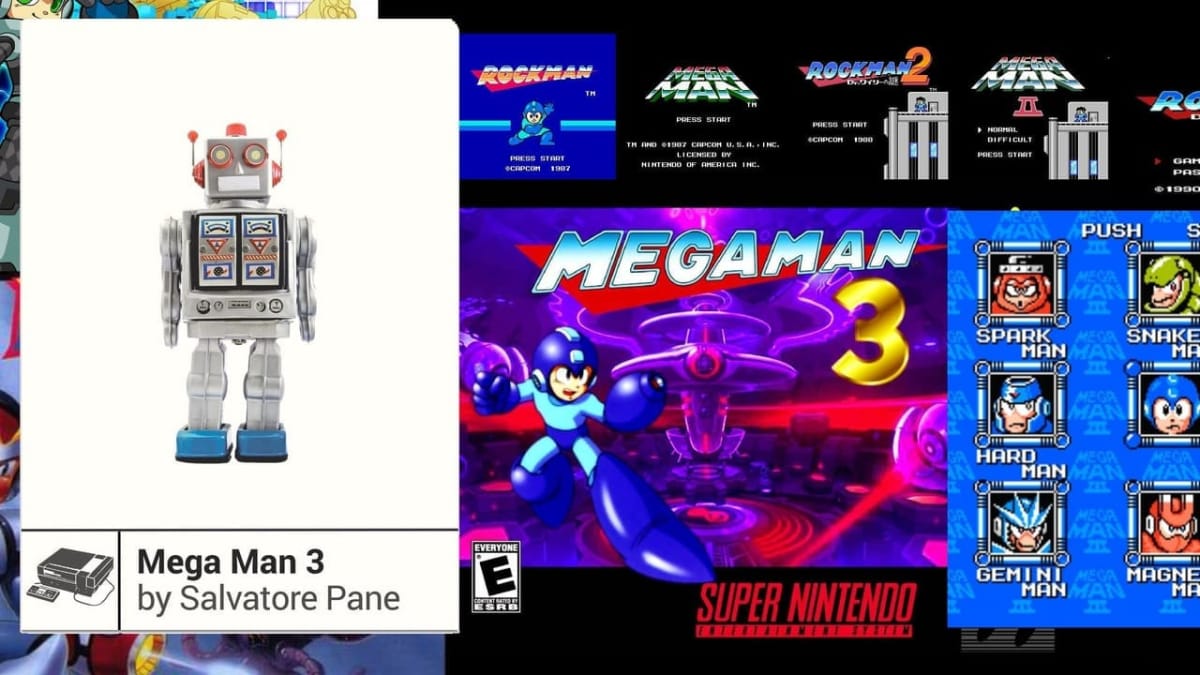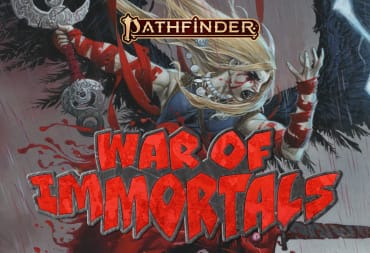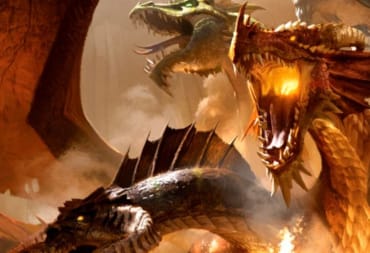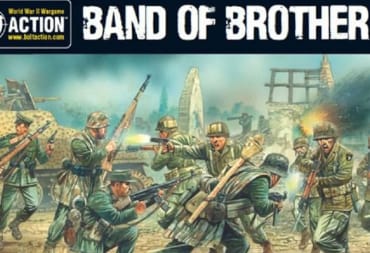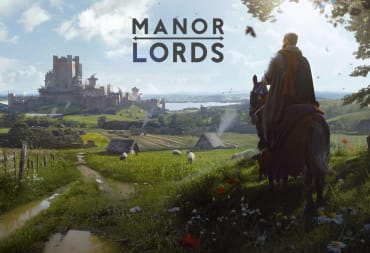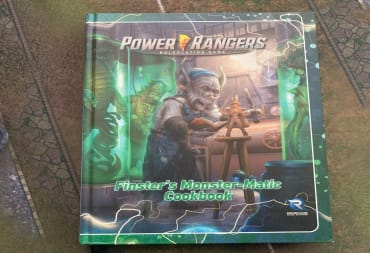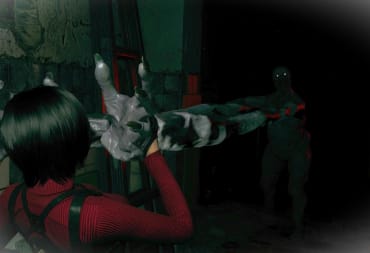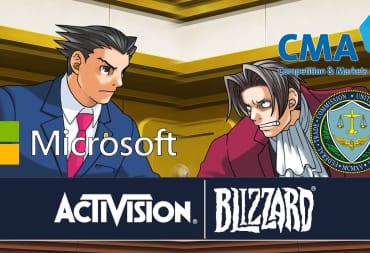Way back in 2013, a Kickstarter emerged for an ambitious project tracking the history of some of the industries most popular and interesting video game franchises. Now, Boss Fight Books is on its third volume with no indication of slowing down. One of the latest additions to their collection is Mega Man 3, by Salvatore Pane, a retrospective on the history of gaming's favorite blue bomber. We decided to take a look at this new entry and see if it does the Mega Man series the justice it deserves. The book can be essentially split into three parts: a thorough description of how Mega Man 3 is played, a history of the Mega Man series from its first game to the funding of Mighty No. 9, and some autobiographical portions to indicate the period and the state of gaming at the time. These parts are interwoven through the book, intending to play off each other. It helps to look at all of these separately before looking at the book as a whole.
The history is by far the most interesting part, delving not only into Mega Man's creation but the common industry practices and the creators both well-known and overlooked. The first chapters cover the initial creation of Mega Man by Akira Kitamura and Keiji Inafune's well-known involvement in the character's creation. It is careful to bring up many of the other key players as well, like composer Manami Matsumae and designer Masahiko Kurowaka. This may be because of the emphasis the historical account puts on industry practice at the time. When Capcom first released Mega Man, companies didn't credit developers like they do today, often not allowing them to use their real names. They did this to prevent other companies from sniping their talent, but of course, this meant creators didn't get public credit for their work. This held true even for every developer on Mega Man at the time, including Inafune. The book doesn't hold much back when it discusses the challenges of development but tries to be fair to everyone involved, even when discussing more turbulent parts like Kitamura's leaving the company in the middle of developing Mega Man 3. The first half of the book talks about Kitamura extensively. The author definitely knew most were familiar with Inafune and assumed he was the "father of Mega Man" and so takes the time to emphasize that Kitamura was the one who started the series—Inafune adopted it.
That said, the account isn't perfect. There is a bit of dramatic flair, and sometimes it is obvious things are being exaggerated for the sake of making an interesting read. The series history falls off in the second half as well. Admittedly, the games leading up to Mega Man 3, and Mega Man 3 itself, should be the focus. With just how huge the Mega Man series became, though, some more insight into that would've been nice to have. In particular, the book only briefly talks about Mighty No. 9. It's possible the author finished the book before the game was released, but its glowing narrative is laughable after the game was released to a mediocre reception at best. For the most part, the history is fascinating.
The other portions don't hold up as well. The description of the game itself seems like a good idea but starts to wear after a while. It feels more like a glorified walkthrough than anything you would just sit and read. Those sections probably would've been better suited discussing the design theory of the game—the reasoning behind decisions, the impact that it has on gaming as a whole. Every once in a while, it would throw in some bits of trivia about where story and design details came from. For the most part, though, it was a straightforward description of how to play Mega Man 3.
The autobiographical parts were slightly better. They managed to discuss the industry and community well, and he even goes into the onslaught of retro collectors that emerged following the popularity of the Angry Video Game Nerd. However, the references to his personal life seem far more unneeded. Maybe this it to establish his credibility as the author, but where he was in his life at the time he beat Mega Man isn't really the reader's concern. We're here to read about the game, the development, and its impact. Many of the parts don't refer to the authors personal experience with Mega Man at all, but to the retro gaming community. That becomes a few too many layers removed from the focus topic and becomes a bit too personal for a reader who came for Mega Man history.
While those two parts don't do much for us, the history is what we came for, and that is the part they seemed to focus on getting right. While it isn't perfect, the historical account is genuinely interesting and heartfelt, and takes the time to make sure you know the names behind the game. The development of franchises as big as Mega Man are fascinating and don't require a lot of embellishment to really grab you. This one in particular points out a lot of names and facts that even long time fans of Mega Man might not have known. If you aren't a fan of Mega Man, you'd still find the development story fascinating because of how much it reflects on the entire industry and the general development process. For that, it is worth it to take a look. Even if it means you have to skip the walkthrough and the autobiography parts.
A digital copy of Mega Man 3 (Boss Fight Books Book 14) was provided by the publisher. This article was a collaboration between Kindra Pring and Samuel Guglielmo.
Have a tip, or want to point out something we missed? Leave a Comment or e-mail us at tips@techraptor.net
